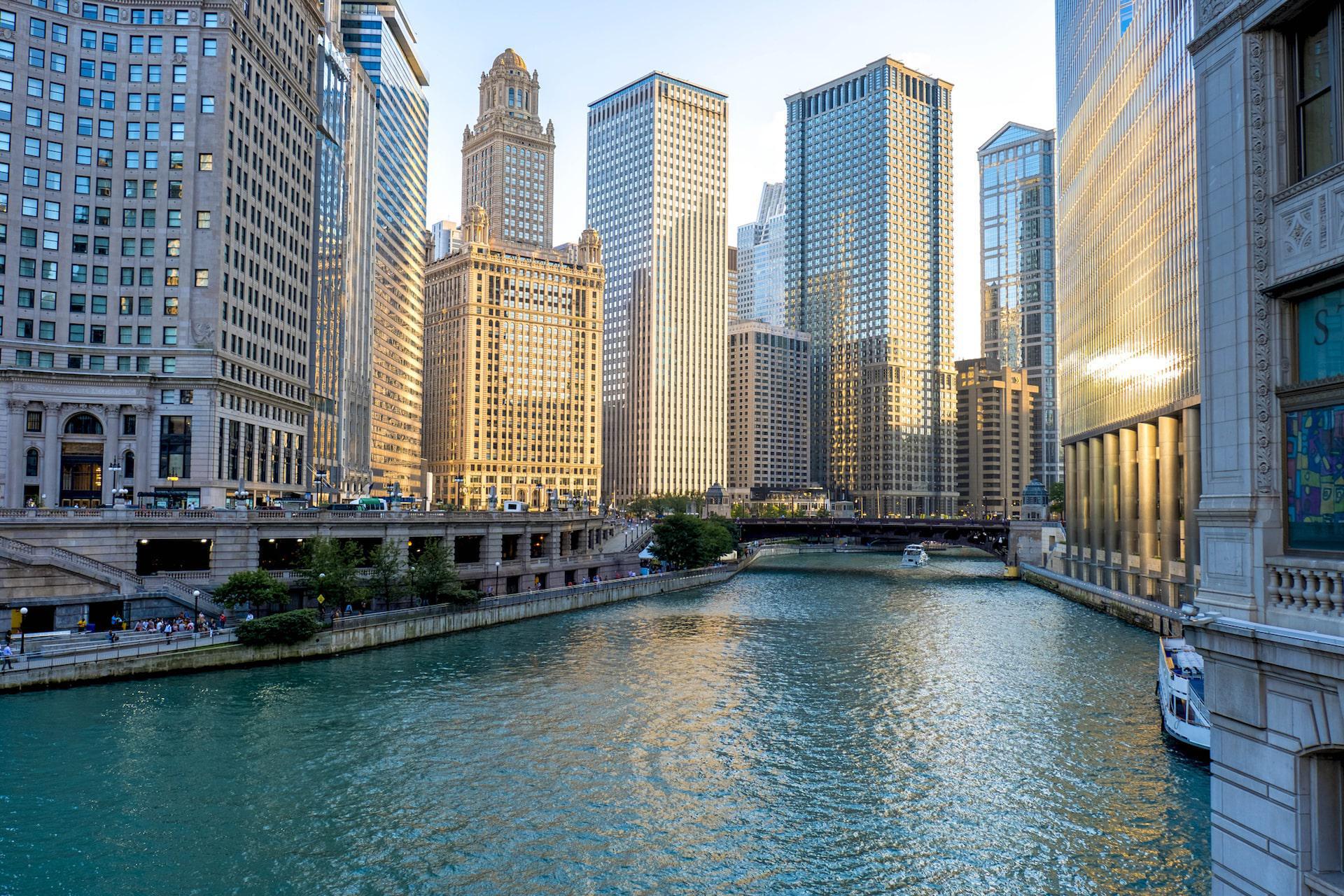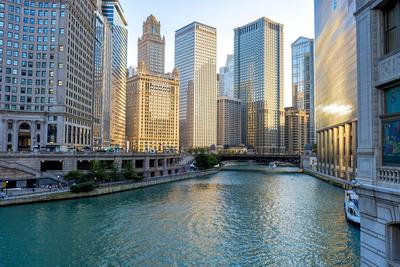Drug Use in Chicago
Chicago is a drinking kind of town. Apparently, it's also a pill-popping, snorting, smoking and injecting kind of town, too.

A Brief History of Drug Use in Chicago
Take a brief walk down pretty much any Chicago neighborhood on a summer afternoon, and you know right away that the Windy City is a drinking kind of town. It might not be so obvious, however, that Chicago is also a smoking, injecting, pill-popping and snorting kind of town, too. Our love of getting high, drunk, and otherwise intoxicated dates back to at least the 1800's, and has been fueled by waves of immigration who have brought their own drugs of choice. While we have often struggled with integrating immigrants into mainstream Chicago culture, we haven't had much problem adopting their vices.
Chicagoans have long favored whiskey, though today's craft beer culture began when the Germans brought lager here in the 1850s. The Chinese introduced opium smoking to Chicago in the 1870s, though Chicago cracked down on opium users with punishing arrests. To avoid the criminal justice system, opium users got prescription laudanum from doctors and other opium-rich medicines that increased addiction. Later, Mexican immigrants introduced marijuana smoking to Chi-Town in the 1920s (Encyclopedia of Chicago).
The history of prohibition in Chicago in the 20s is legendary, but lesser known is that on the heels of the repeal of the alcohol laws, legislators turned their sights to stringent drug regulations in the 1930s. But, drug users quickly found alternatives. For example, many opium smokers switched to injectable and oral drugs.
In the 1970s, Nixon proclaimed drug use was "public enemy no. 1". Drug users across the country continued to run from the law, but in Chicago, with the well established organized crime and gang-banger culture, many argue that the war on drugs has only served to benefit criminals.
Most Abused Drugs in Chicago Today
In a study conducted by National Survey on Drug Use and Health [NSDUH] for the period 2005-10, 14.8% of Chicago-Joliet-Naperville MSA populace used illicit drugs and this percentage was found to be higher than the state of Illinois illicit drug consumption [13.6%] and is almost the same as that of the national usage [14.7%].
A 2013 survey by National Institute on Drug Abuse lists the following drugs that are most abused in Chicago:
- Heroin
- Cocaine
- Prescription Opioids
- Benzodiazepines
- Methamphetamine
- Marijuana
- MDMA (Ecstasy, Molly)
The US Department of Health & Human Services study of 2010 that recorded Illinois Adolescent Substance Abuse Facts, states that 3% of male and female students of grades 9-12 had admitted to using cocaine at least once. What's more, among would-be teen scholars, adolescent abuse of amphetamines like Adderall is on the rise due to its reputation among teens for helping them focus on schoolwork. Note that Adderall is easily detected in the urine or hair, and it is quite easy to get a drug test in Chicago.
Overdose, Violence, Addiction, and Death
The National Drug Intelligence Center [NDIC] observed in its Drug Market Analysis 2011 report the following disturbing facts connected to Chicago drug commerce:
- Street gangs controlled drug distribution in the HIDTA [High Intensity Drug Trafficking Area] region
- Increased usage of technology to further their criminal pursuits
Drug abuse resulting in overdose, drug related violence, addiction and death, have been spreading like an epidemic in the inner cities of the US; Chicago, Illinois, is one of the most affected cities. Furthermore, according to the Drug Enforcement Agency (DEA), around 70% of the illicit drugs available in the Chicago streets are connected in some way to drug cartels that operate in Mexico.
Chicago's Growing Heroin Problem
On the streets of Chicago, and even in the suburbs, heroin is more plentiful and less expensive than ever. As narcotic prescription painkillers become harder to get and more costly due to the increasing restrictions placed on doctors who prescribe them, heroin has become the natural substitute. It is cheaper, faster, and easier to find. As has often been the case in Chicago's war on drugs, a crackdown on one form of abuse (in this case, prescription opiates) has led to an increase in another form of abuse (heroin).
If history is any guide, drugs and Chicago will continue to have a lot in common.





